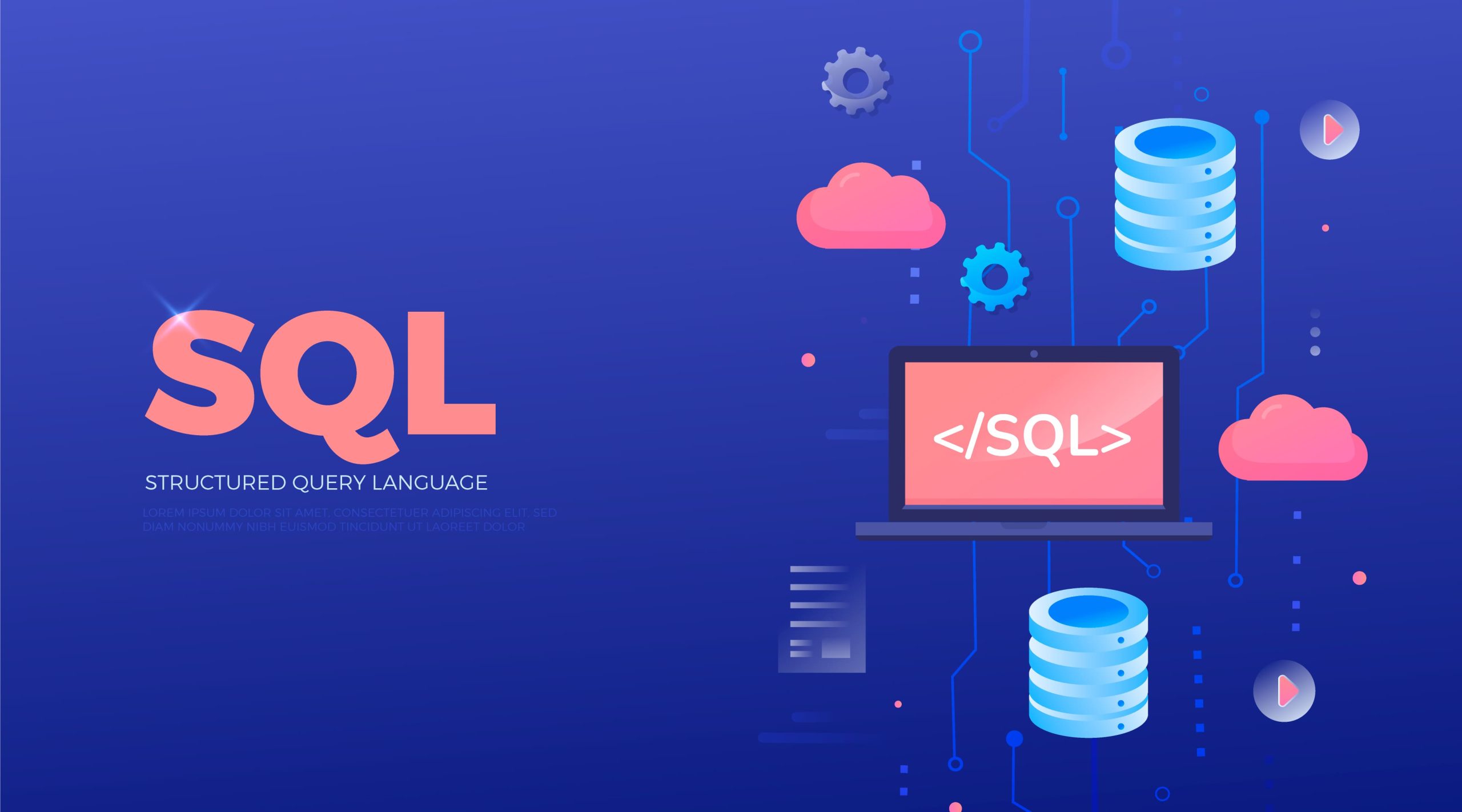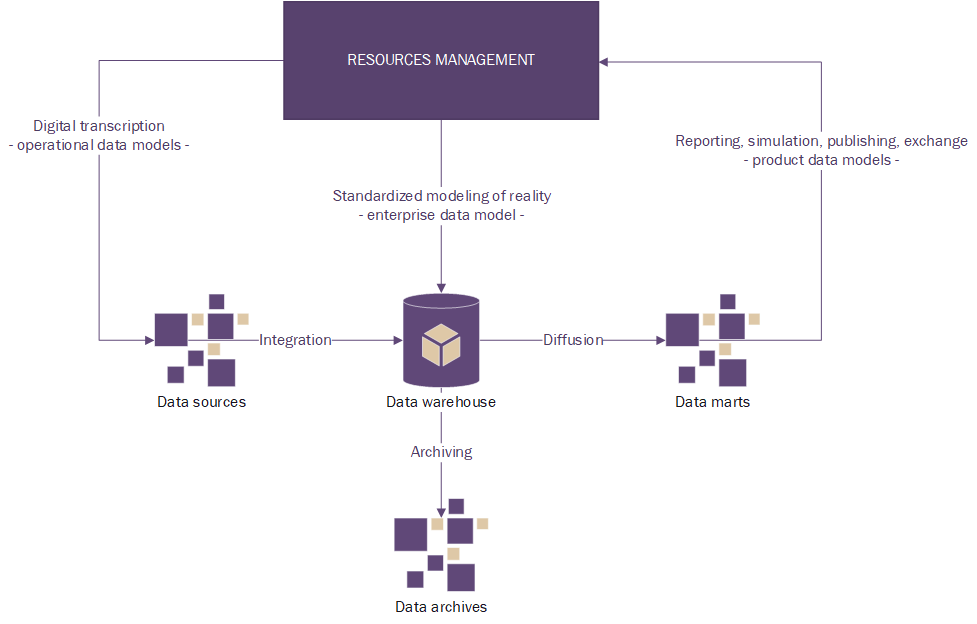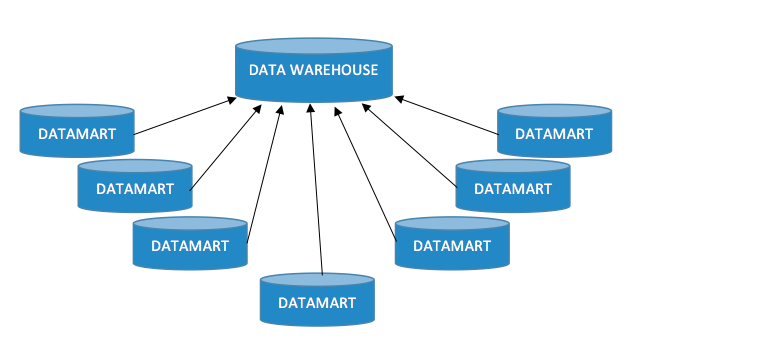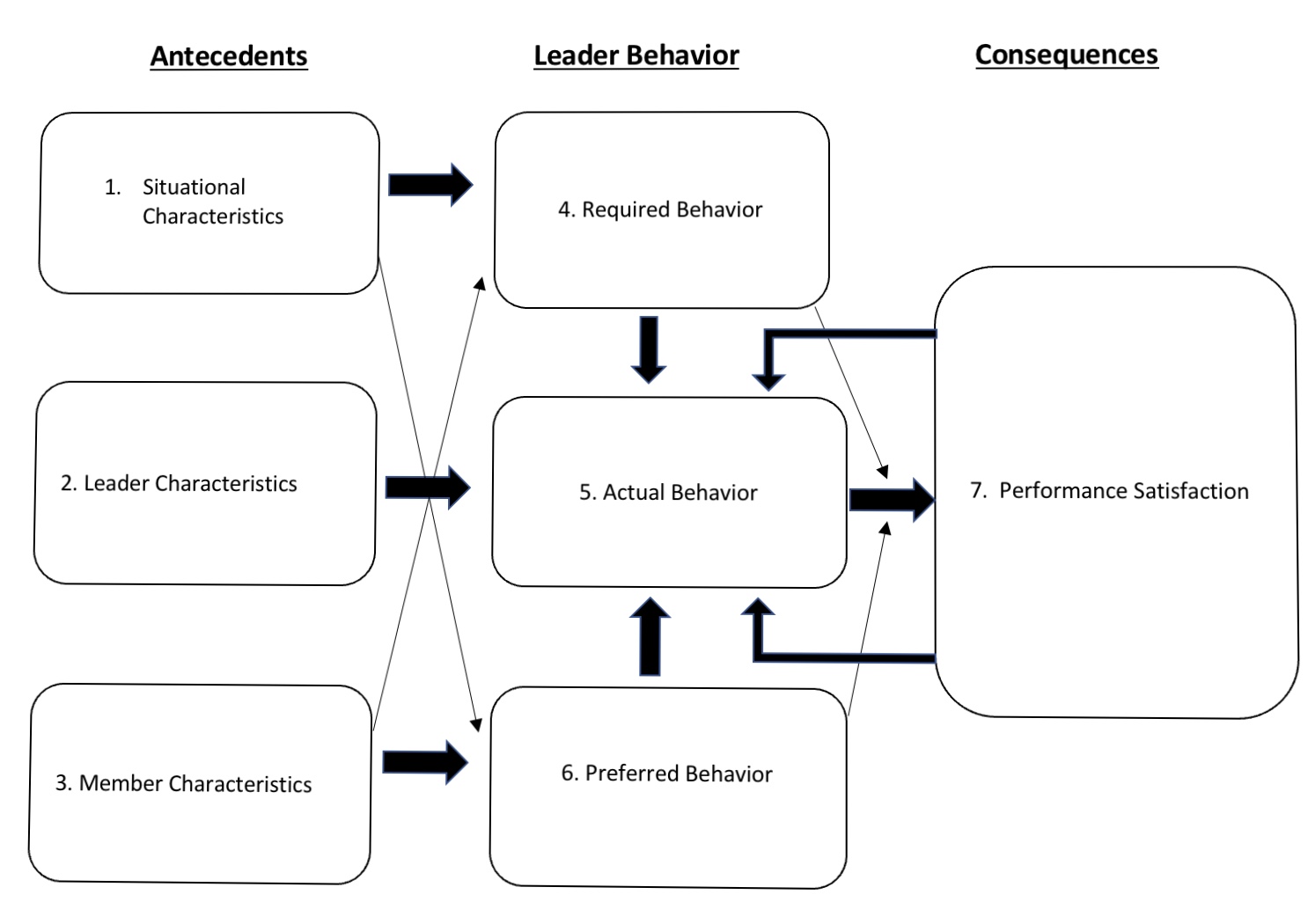What is MySQL

MySQL is an open-source relational database management system (RDBMS). It is used to store and manage data in a structured format, typically using tables with rows and columns. MySQL is widely used in web development, data warehousing, and various other applications that require a reliable, scalable, and fast database solution.
Key features of MySQL include:
- Relational Model: MySQL organizes data into tables, which can be related to each other through keys and indexes.
- SQL Language: MySQL uses Structured Query Language (SQL) to interact with the database, allowing users to perform various operations like querying, updating, inserting, and deleting data.
- Open Source: MySQL is open-source software, which means it can be freely used, modified, and distributed.
- Cross-Platform: MySQL runs on various operating systems, including Windows, Linux, and macOS.
- Scalability: MySQL can handle large databases with millions of rows and can be scaled up to meet growing data needs.
- Community and Enterprise Versions: MySQL is available in both community and enterprise editions, with the latter offering additional features and support.
- Security: MySQL offers robust security features, including user authentication, access control, and data encryption.
MySQL is commonly used in conjunction with web servers like Apache or Nginx and scripting languages like PHP, Python, or Ruby, forming the backbone of many web applications and content management systems.
Whats the use of MySQL
MySQL is widely used for a variety of purposes, particularly in the realm of web development, data management, and enterprise applications. Here are some common uses of MySQL:
1. Website and Web Application Development
- Content Management Systems (CMS): MySQL is the database engine behind popular CMS platforms like WordPress, Joomla, and Drupal. It stores and manages all the content, user information, and settings.
- E-commerce Platforms: Online stores use MySQL to manage product catalogs, customer information, orders, and payment transactions.
- Dynamic Websites: MySQL is used to manage databases that power dynamic websites, enabling features like user accounts, forums, and personalized content.
2. Data Warehousing and Analytics
- Data Storage: MySQL can be used to store large volumes of data in a structured way, making it easier to query and analyze.
- Business Intelligence: Organizations use MySQL for data analysis, reporting, and generating business insights. It can handle complex queries to analyze large datasets efficiently.
3. Enterprise Applications
- Customer Relationship Management (CRM): Many CRM systems use MySQL to manage customer data, interactions, sales data, and customer support information.
- Enterprise Resource Planning (ERP): MySQL is used in ERP systems to manage company resources, such as inventory, financial data, and employee information.
4. Embedded Database Solutions
- Software Applications: MySQL can be embedded into software applications that require an internal database for storing user data, settings, and other information.
- IoT Devices: Some IoT devices use MySQL to store and manage data collected from sensors and other inputs.
5. Backup and Recovery
- Data Backups: MySQL offers features for creating backups of databases, which can be crucial for data recovery in case of hardware failures, data corruption, or other issues.
- Replication: MySQL supports data replication, allowing data to be copied from one MySQL database server to another. This is often used for load balancing, backup, and disaster recovery.
6. Cloud-Based Applications
- Scalable Databases: MySQL is used in cloud environments to create scalable, distributed databases that can handle large amounts of traffic and data. Many cloud service providers, like AWS, Google Cloud, and Azure, offer managed MySQL database services.
7. Gaming Applications
- Game Data Storage: MySQL is used in online gaming for storing player profiles, game scores, achievements, and other game-related data.
8. Financial and Banking Systems
- Transaction Management: MySQL is used in financial applications to manage transactions, track account balances, and handle large-scale data processing securely and efficiently.
9. Social Media and Networking Platforms
- User Data Management: Social media platforms use MySQL to store user profiles, posts, comments, likes, and other interactions. It helps manage and retrieve large volumes of user-generated content.
Overall, MySQL is a versatile and powerful tool for managing structured data in various scenarios, from small-scale websites to large-scale enterprise systems.
Also Read : What is Conceptual Frameworks
How the MySQL Originated

MySQL originated in the mid-1990s as a project aimed at providing a more efficient and user-friendly relational database management system (RDBMS) than what was available at the time. Here’s a brief overview of its origin and development:
Founders and Initial Development
- Michael “Monty” Widenius: A Swedish developer, Monty was one of the key figures behind MySQL. He had been working on a database solution called “UNIREG,” which was an early precursor to MySQL.
- David Axmark: A Swedish IT consultant, David collaborated with Monty and played a crucial role in the development and promotion of MySQL.
- Allan Larsson: Allan was involved in the early development of MySQL and contributed to its growth.
The Creation of MySQL
- Need for a Better Database Solution: In the early 1990s, Monty Widenius and his team were working with a database system called mSQL (mini SQL), which was designed for small projects but was not efficient for the larger-scale applications they needed to build. To address this, they decided to create a new system that combined the best aspects of UNIREG with a new SQL interface, resulting in the birth of MySQL.
- First Release (1995): The first version of MySQL was released in 1995. It was open-source from the start, which allowed it to gain rapid adoption among developers and organizations looking for a reliable, efficient, and free RDBMS.
Development and Growth
- Open Source Community: MySQL’s open-source nature contributed to its rapid growth and improvement. Developers from around the world could contribute to its development, report bugs, and suggest features, leading to a robust and highly functional database system.
- Key Features: Early versions of MySQL were known for their speed and ease of use, which made them popular for web applications. Over time, MySQL added support for more complex features like transactions, foreign keys, and replication, further expanding its capabilities.
Acquisition by Sun Microsystems (2008)
- In 2008, Sun Microsystems acquired MySQL AB, the company that developed MySQL, for approximately $1 billion. This acquisition brought more resources and support to the MySQL project, helping it to continue growing in the enterprise market.
Oracle Corporation (2010)
- In 2010, Oracle Corporation acquired Sun Microsystems, and with it, MySQL. This acquisition led to concerns within the open-source community about the future of MySQL, as Oracle was also the owner of a competing database product, Oracle Database. However, Oracle continued to develop and support MySQL, while the open-source community also created forks of the project, such as MariaDB, to ensure its continued openness and innovation.
Legacy and Impact
- MySQL has become one of the most popular RDBMSs in the world, used by organizations of all sizes. Its influence is seen across the web, powering everything from small personal blogs to large-scale enterprise applications and cloud services.
The success of MySQL has had a lasting impact on the software industry, demonstrating the power of open-source development and the importance of community-driven innovation in software.
FAQ
1. What is MySQL?
MySQL is an open-source relational database management system (RDBMS) that is widely used for managing and organizing structured data in web development, enterprise applications, and various other scenarios.
2. Who founded MySQL?
MySQL was founded by Michael “Monty” Widenius, David Axmark, and Allan Larsson. Monty was the primary developer, with David and Allan contributing significantly to the project’s development and promotion.
3. When was MySQL first released?
The first version of MySQL was released in 1995.
4. Why was MySQL created?
MySQL was created because the founders needed a more efficient and user-friendly database solution than what was available at the time, specifically to address the limitations of the mSQL (mini SQL) database system they were using.
5. What was the predecessor to MySQL?
MySQL was based on UNIREG, a database system that Monty Widenius had previously developed, combined with a new SQL interface to meet the needs of larger-scale applications.
6. How did MySQL become popular?
MySQL’s open-source nature, combined with its speed, ease of use, and support for web applications, led to rapid adoption by developers and organizations. The global open-source community contributed to its development, making it a robust and widely-used database system.
7. Who acquired MySQL in 2008?
In 2008, MySQL AB, the company behind MySQL, was acquired by Sun Microsystems for approximately $1 billion.
8. What happened to MySQL after Oracle acquired Sun Microsystems?
In 2010, Oracle Corporation acquired Sun Microsystems, and with it, MySQL. Although this acquisition raised concerns about MySQL’s future, Oracle continued to develop and support MySQL. Additionally, the open-source community created forks like MariaDB to maintain the project’s openness
9. What impact has MySQL had on the software industry?
MySQL has had a significant impact on the software industry, particularly in web development. It demonstrated the power of open-source development and became a critical component in many popular web platforms and enterprise applications.
10. What are some alternatives to MySQL?
Some alternatives to MySQL include MariaDB (a fork of MySQL), PostgreSQL, SQLite, and Oracle Database. These systems offer different features and capabilities depending on the specific needs of a project.



